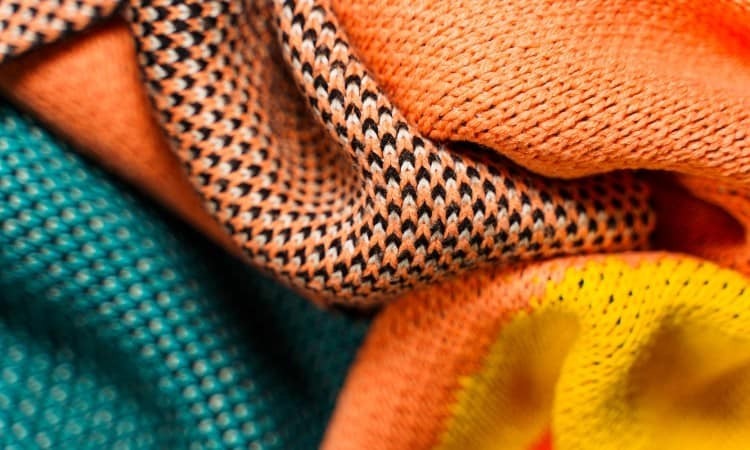
Anticipated to grow at a lucrative CAGR of 5.1 per cent from 2022 to 2030, the global synthetic fibre market is expected to reach US $ 98.21 billion by 2030– all thanks to the increasing consumer demand for cost-effective, durable, easy-to-wash and maintainable synthetic fabrics.
Additionally, rising adoption of polyester fibre and expansion of the textile industry are also considered major growth drivers.
However, increasing crude oil prices and environment impact remain major challenges in this regard.
Claiming this, the “Synthetic Fiber Market Size, Share & Trends Analysis Report by Type (Polyester, Nylon, Acrylics), by Application (Clothing, Home Furnishing), by Region, and Segment Forecasts, 2022-2030” report by ResearchAndMarkets.com says that Asia-Pacific is the largest market for synthetic fibres, with demand likely to rise throughout the forecast period due to the region’s high population density and rising need for synthetic fibre products in sectors such as automotive, textile, filtration and furniture.
The presence of major multinational fashion clothing manufacturers, including H&M, Zara, Dior, Louis Vuitton, Gucci and Hermes, has increased the demand for branded clothing, which, in turn, is anticipated to benefit the demand for synthetic fibre market in the country.
The escalating e-commerce industry has provided opportunities to different sports apparel retailers to offer products like sports and gym clothing which are lightweight and have moisture-wicking properties. This is likely to boost the demand for polyester fibre during the forecast period.
Key market players are undertaking mergers and collaborations to expand their reach and increase production capacity, thereby advancing their market share.
Besides, the players are investing heavily in R&D to overcome environmental concerns, since breakthroughs in polyester production and synthetic fibre recycling are not a cure for all environmental issues.






